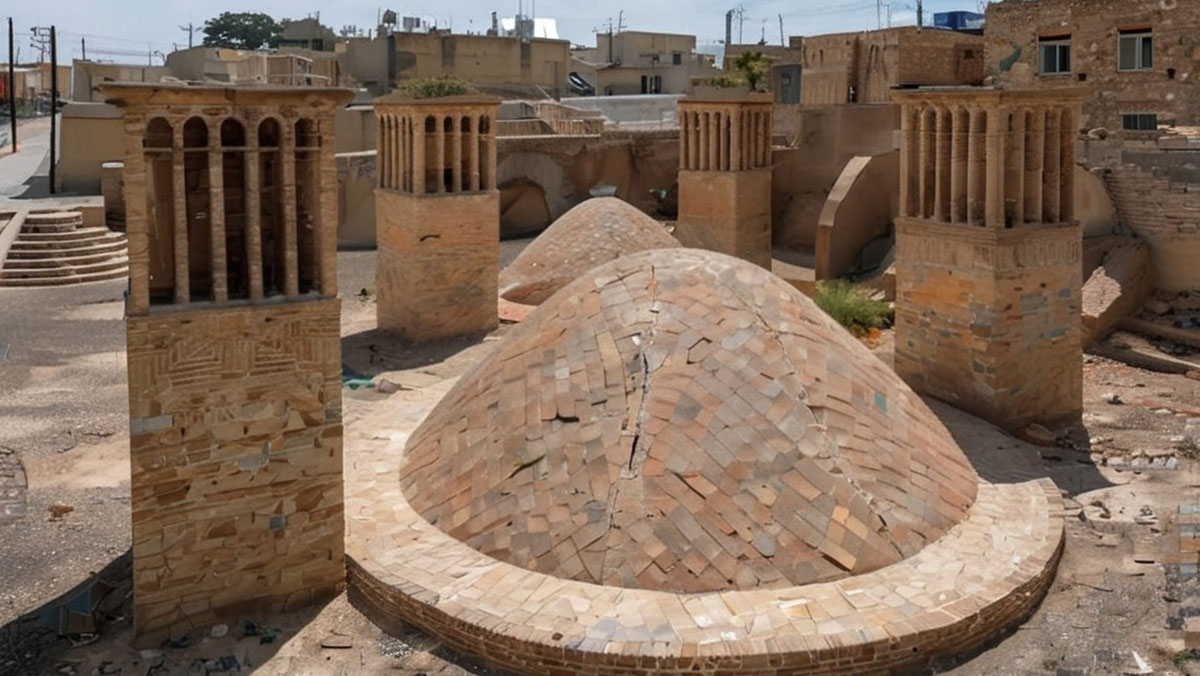In architecture, wind collectors, also known as wind towers, are towers raised on top of buildings, with openings facing the predominant wind direction. In this sense, they are passive systems whose architecture and design aim to exploit differences in pressure and temperature to generate air movement. Therefore, thanks to natural currents, without the need for electrical or mechanical components, wind towers help to ventilate and cool the interior spaces of buildings.
How they work:
When the wind enters through the openings of the wind collector, it is channelled into the interior of the building via ducts. This fresh air flow serves to ventilate and renew the air in the interior spaces.

Types of wind collectors:
- Traditional wind towers: used since ancient times in regions of the Middle East, these are structures integrated into the architecture of buildings, at the top, exposed to the wind.
- Solar chimneys: Combines wind collection with the chimney effect; hot air rises at the same time as fresh air replaces it as it enters through the collectors.
- Hybrid towers: incorporate modern technologies and advanced materials to optimise air collection and distribution, thereby increasing efficiency.

Tom Chance - CC BY-SA 2.0
Benefits of wind collectors:
–Energy efficiency: they reduce dependence on mechanical ventilation and air conditioning systems.
–Environmental sustainability: they use renewable energy and do not emit polluting gases.
–Thermal comfort: they help to maintain more stable and comfortable temperatures inside buildings.
–Indoor air quality: they favour air renewal and improve indoor air quality.
Applications:
The city of Yazd in Iran is an example of wind tower architecture and design. In this city with its warm climate, traditional wind collectors are an integral part of the local architecture. However, projects such as BedZED in London, UK, now incorporate solar chimneys and modern wind collectors to achieve high energy efficiency.
By Ángel Ibáñez Pérez, Senior MEP Engineer in Amusement Logic’s Architectural Dept.






